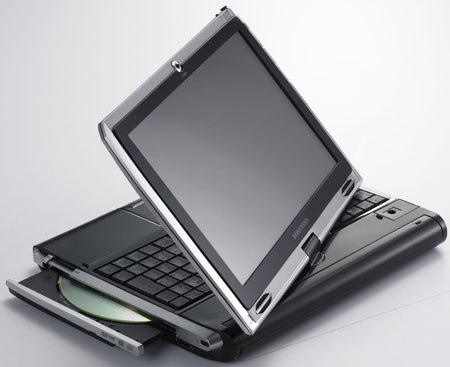How Rapid Prototyping Is Used In The Manufacturing Industry
 Rapid prototyping is a digital manufacturing process that involves the construction of three-dimensional models with the use of the latest CAD (computer aided design) applications. Using this process, it is possible to turn theoretical designs into physical objects quickly and easily.
Rapid prototyping is a digital manufacturing process that involves the construction of three-dimensional models with the use of the latest CAD (computer aided design) applications. Using this process, it is possible to turn theoretical designs into physical objects quickly and easily.
Rapid prototyping was first used nearly fifteen years ago, it was developed out of the process of stereo lithography. RP can also be known as three dimensional printing, freeform fabrication, and additive fabrication.
Using a CAD application to design a physical object is not so difficult. Once the imaging has been created on a computer, the information is then used by a special machine to build successive layers out of a powdered material or liquid. The fabrication material is usually a type of plastic, though ceramic and metal may also be required to create the final product.
Using this process, the physical model is built to match cross sections of the CAD model. Each layer or section is fused together using a special laser or occasionally glue.
RP is an extremely useful tool for architects, engineers, and other professionals who are required to create 3D models for clients. With a relatively short design time, and the ability to perform multiple tests for a low cost, the process is extremely desirable.
One area in which this design process has immense potential is the healthcare industry. Surgeons and physicians are able to practice on 3D models of patient’s muscular skeletal system prior to an operation. This has helped to ensure fewer errors during surgery, and also reduce recovery time. It is also now possible for custom prosthesis’s to be manufactured, such as hips and knee joints, using rapid prototyping. It is believed that in the future, hundreds of thousands of patients will benefit from the utilization of this technology by the healthcare industry.
